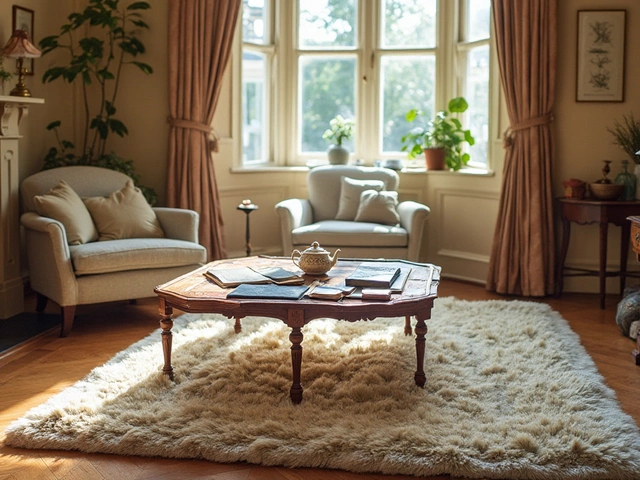Durable Rugs: Choosing the Longest-Lasting Options
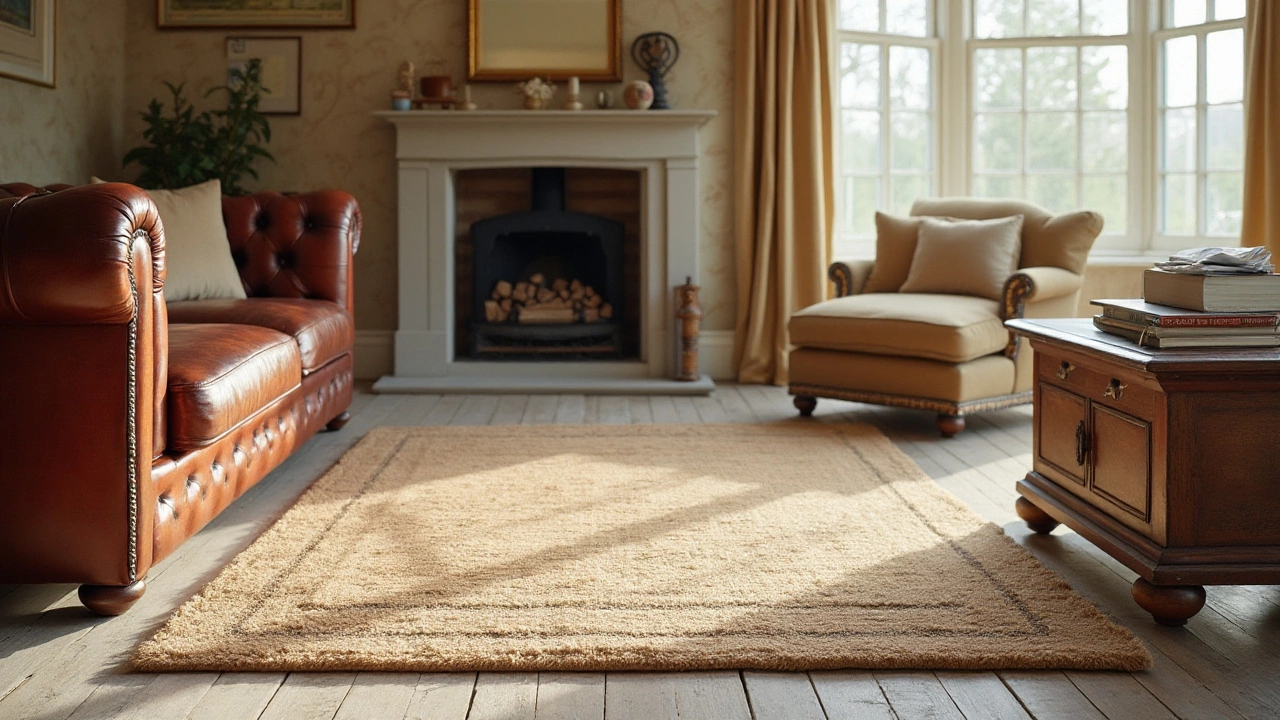
Area rugs are more than just decorative accents for your home; they are an investment in comfort and style. Yet, not all rugs are created equal when it comes to durability. If you're on a quest to find a rug that will withstand life's everyday hustle and bustle, you'll need to delve into the specifics of rug materials and construction types.
Understanding the longevity of a rug begins with examining its fibers. From natural options like wool and cotton to synthetic varieties such as nylon and polyester, each material brings different strengths to the table. Additionally, the way a rug is made can greatly impact its lifespan. Tufted rugs, woven rugs, and hand-knotted varieties each have their own benefits.
Whether you have a bustling household with pets and kids or a serene space, choosing the right type of rug makes all the difference. Pairing your choice with simple care strategies can stretch the life of your rug, making it a cherished part of your home decor for years to come.
- Understanding Rug Materials
- Types of Rug Construction
- Best Rugs for High-Traffic Areas
- Care Tips for Longevity
Understanding Rug Materials
The lifespan of an area rug often depends on the materials from which it is made. Each type of material offers different attributes, from toughness to softness, affecting both durability and practicality. Let's delve into the most common materials to see how they stack up in terms of longevity and performance.
First up is wool, a classic choice known for its durability and comfort. Wool rugs have stood the test of time with their inherent resistance to wear and soil. The natural fibers bounce back after being compressed, maintaining their shape and pile height longer than most materials do. Moreover, wool has excellent insulating properties, offering warmth underfoot, which is particularly appreciated in cooler climates. However, wool can be prone to shedding, especially when new, which means they may require regular vacuuming.
Synthetic fibers are another popular choice due to their affordability and stain resistance. Among these, nylon stands out for its resilience and ability to withstand heavy foot traffic. As an industry standard for durable carpeting, nylon is often a top pick for busy homes, featuring vibrant colors that resist fading. Similarly, polyester provides a silky texture but tends to be less resilient compared to nylon. Though more stain-resistant than wool, it's worth noting that polyester rugs can easily trap oils, which may pose a cleaning challenge over time.
Alice Brooks, an interior design expert, notes, "When selecting a rug for high-traffic areas, synthetic materials often provide the best balance between durability and ease of maintenance."
Cotton is another material commonly used in rug making, prized for its soft touch and natural appeal. While not as durable as wool or nylon, cotton rugs are often machine washable, making them convenient for areas prone to spills, like kitchens or playrooms. However, they may wear down faster in more heavily trafficked spaces.
Let’s not overlook jute and sisal, two natural fibers that bring an earthy texture to home decor. Though these rugs are less plush, they are quite sturdy, making them a good option for those high-traffic areas where a low-profile, hardy rug is desired. Their downside? They don't handle moisture well, limiting their placement options to dry areas only.
To provide a quick guide on material comparison, here's a small overview:
| Material | Durability | Suitable For |
|---|---|---|
| Wool | High | Living Rooms, Bedrooms |
| Nylon | Very High | Hallways, Entryways |
| Cotton | Medium | Bathrooms, Kitchens |
| Sisal/Jute | High | Dining Rooms, Offices |
Each material brings its strengths, and understanding these will ensure long-lasting satisfaction with your rug choice. By selecting a rug material that suits your space and lifestyle, not only will you elevate your home’s design, but you will also make a smart investment that blends beauty with practicality.
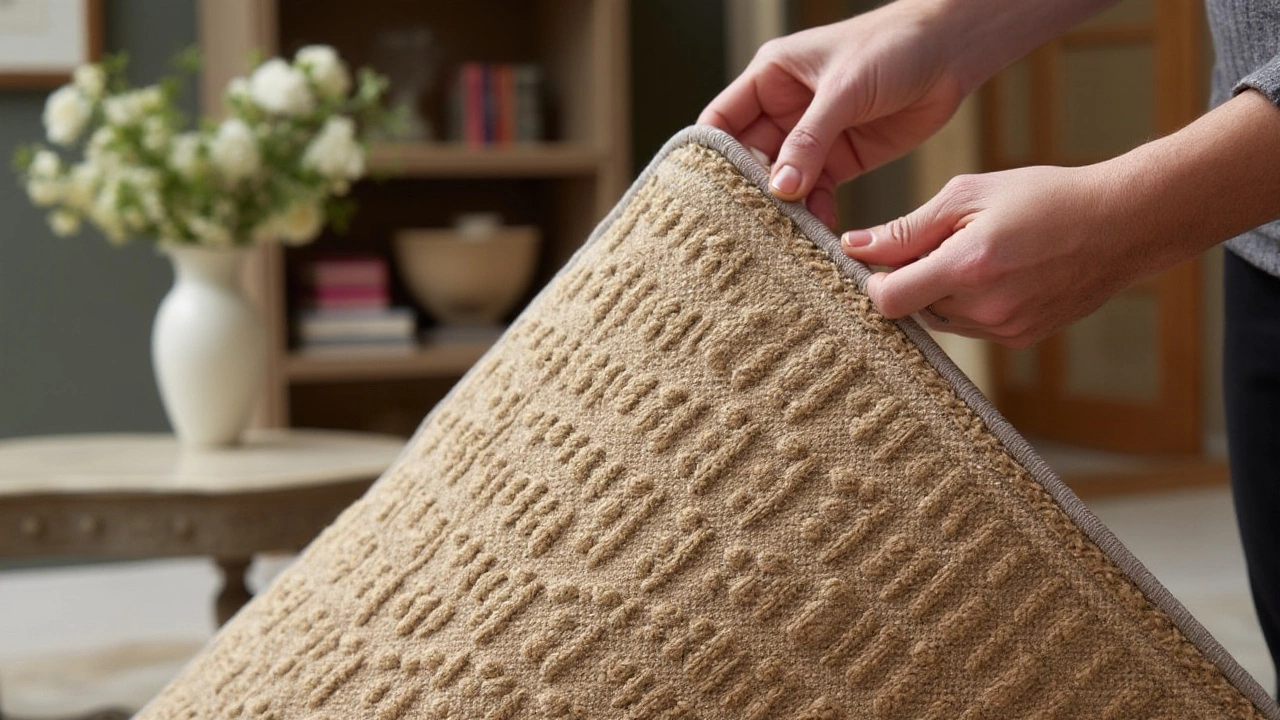
Types of Rug Construction
An essential aspect of choosing an area rug that will endure the trials of time is understanding how it's constructed. The construction method not only impacts the rug’s appearance and texture but also its durability and maintenance needs. Hand-knotted, tufted, and machine-made are among the primary rug construction types, each with distinct characteristics suitable for different home decor needs and lifestyles.
Hand-knotted rugs boast a reputation for being among the most durable rugs, cherished for their craftsmanship and intricate designs. Each hand-knotted rug is a unique masterpiece, created by skilled artisans who meticulously tie each knot by hand, a process that can take months or even years depending on the size and complexity. This labor-intensive method ensures the rug's resilience to wear and tear, making it a coveted choice for those seeking both beauty and longevity. Interestingly, many antique rugs that withstand the test of time are hand-knotted, underscoring their impressive durability.
In contrast, tufted rugs offer a balance of aesthetics and affordability, often created with the aid of a tufting gun to insert piles into a base. This method allows for swift production, presenting homeowners with an array of designs at a lower price point. Although they lack the longevity of hand-knotted varieties, a properly maintained tufted rug can still serve well, notably in less trafficked areas or as a decorative element. For those mindful of cost without sacrificing style, tufted rugs may be an appealing option.
"Rugs can dramatically enhance a room by adding warmth and dimension. The key is choosing the right construction and material for your lifestyle and environment," suggests interior design expert Sarah Richardson, shining light on the importance of practical considerations in design choices.
Machine-made rugs, made using power looms, boast accessibility in terms of both price and availability. These rugs are woven swiftly with automated technology, making them widely available in stores with diverse patterns and colors. While they might not possess the same individual craftsmanship as hand-knotted pieces, advancements in manufacturing technology have markedly improved their quality over the years. A well-made machine rug can surprisingly handle moderate traffic with ease, making it a go-to choice for common family spaces.
Choosing the Right Construction
Each rug construction type offers benefits and is suited to different environments. For high-traffic zones like living rooms or entryways, opting for hand-knotted rugs ensures you're investing in something that delivers both durability and beauty. For spaces that are less trafficked or for quick seasonal updates, tufted rugs can be an economical yet stylish choice. Meanwhile, machine-made rugs can be ideal for constantly changing styles or for functional spaces where aesthetics come into play.
No matter the choice, each rug type shines in its unique way, offering functionality, visual appeal, and a touch of personal expression to your living spaces. Being informed about different constructions arms you with the ability to make a wise choice that aligns perfectly with your lifestyle and preferences.
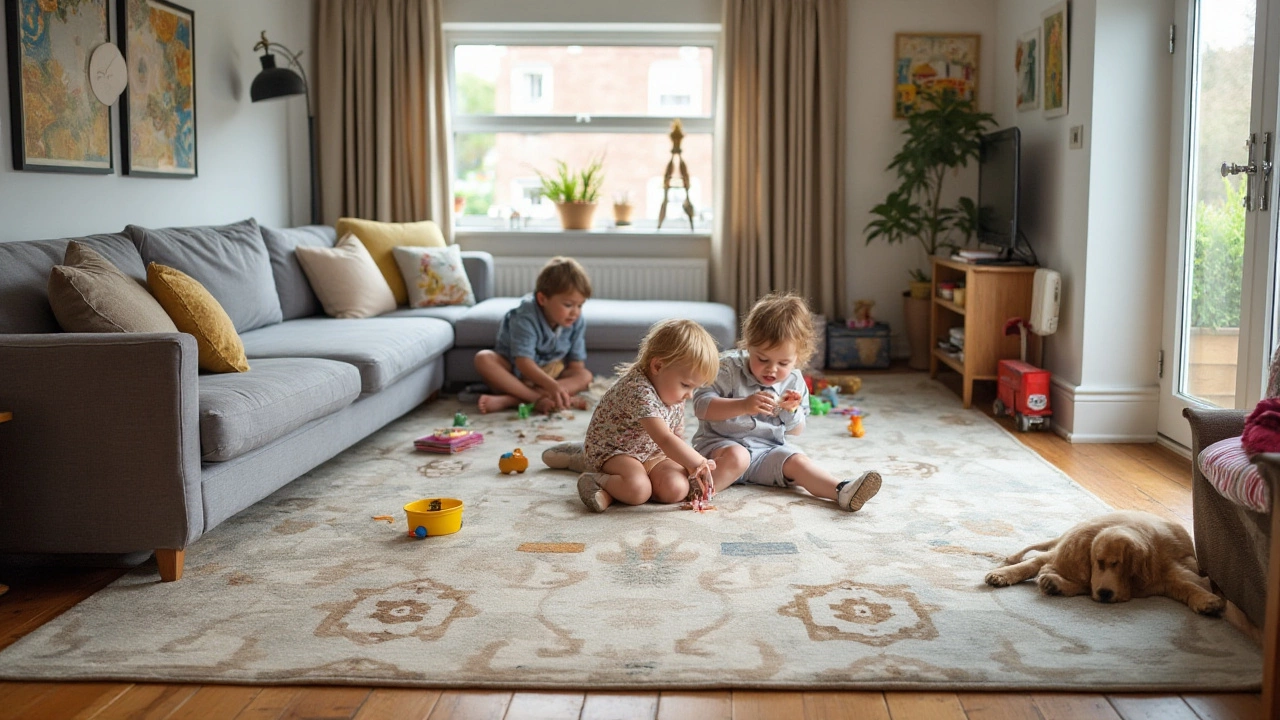
Best Rugs for High-Traffic Areas
When it comes to selecting an area rug for high-traffic areas in your home, durability is key. Busy spaces like entryways, living rooms, and hallways demand a rug that can withstand constant use without showing wear. One of the most reliable choices for these settings is wool, known for its natural resilience and ability to maintain its appearance over time. Wool fibers inherently resist stains and dirt, making them a low-maintenance option for bustling households. Moreover, wool rugs offer a soft feel underfoot while maintaining strength and elasticity, which helps them recover from the weight of furniture or foot traffic.
Another robust contender is a rug made from synthetic materials like nylon or polypropylene. These fibers are often engineered to mimic the look and feel of natural fibers while providing superior stain resistance and durability. A nylon rug, in particular, boasts excellent strength and is highly resistant to crushing, making it an excellent choice for families with children or pets. Additionally, polypropylene rugs are colorfast and UV-resistant, which means they won't fade in sunlight, making them perfect for sun-filled rooms or even outdoor spaces.
Yet, durability isn't solely dictated by material; the rug's construction plays an equally crucial role. Flatweave rugs, crafted by tightly weaving fibers with minimal pile height, offer a durable structure that doesn't trap dirt easily. This construction makes cleaning a breeze, as spills don't soak deep into the fibers. For a more luxurious feel, a low-pile or loop-pile rug can be considered. These types capture a balance between sturdiness and comfort, maintaining their form after years of use. A notable suggestion from a design expert is to "choose patterns and darker colors for high-traffic areas to naturally conceal marks and spills."
For those curious about professional recommendations, it is worth noting that interior designers often suggest using rugs with patterns and darker hues in busy areas. These styles are adept at camouflaging minor stains and wear, extending the need for frequent cleaning sessions. A multicolored woven or striped design often works wonders in minimizing the appearance of dirt or pet hairs, making day-to-day maintenance less of a chore. A helpful tip is to ensure your rugs have non-slip backings, particularly in entryways, to prevent any slips or trips as people rush through.
| Material | Benefits |
|---|---|
| Wool | Stain-resistant, durable, retains shape |
| Nylon | Strong, resistant to crushing |
| Polypropylene | Colorfast, UV-resistant, suitable for outdoor use |
Lastly, longevity is maximized when you not only choose the right material and style but also commit to regular upkeep. Rotating rugs every few months can even out wear patterns, while frequent vacuuming will prevent dirt from embedding itself into the fibers. Consider these factors as a wonderful strategy to ensure your durable rugs continue to bring warmth and character to your home for many years.
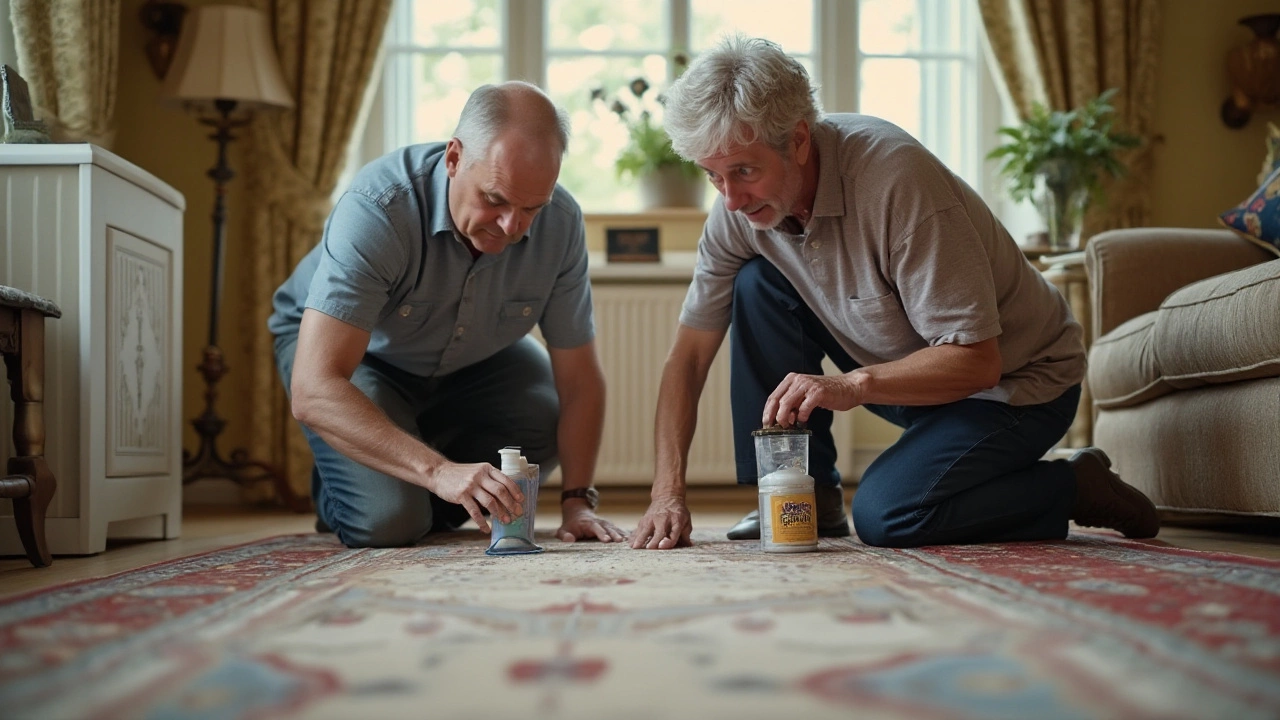
Care Tips for Longevity
Caring for a rug, particularly a durable rug, is akin to caring for a treasured heirloom. It requires attention, commitment, and a bit of know-how. First and foremost, regular vacuuming is a must. A weekly run with a good vacuum cleaner keeps not only the dirt and dust at bay but also helps maintain the integrity of the fibers in your rug. It’s crucial to remember that even the most long-lasting area rugs can succumb to the wear and tear of accumulated grime, especially in high-traffic areas. Make sure to adjust the vacuum settings according to the pile height of your rug to prevent unnecessary wear.
"Proper maintenance isn’t about being obsessive, it’s about extending the life of your home essentials," said Jane Smith, a renowned interior designer.
Another vital aspect of rug care is being strategic about placement and rotation. Rugs in direct sunlight can fade over time, regardless of their quality, so consider moving them occasionally to even out exposure. Rotating your rug every few months also ensures an even distribution of wear, which can make a significant difference, especially for the areas that see the most foot activity. Don't forget about strategically placed furniture pads that help prevent crushing of rug fibers under heavy pieces.
It’s also important to attend to spills and stains immediately. Blotting—not rubbing—is the key to effective stain removal. A simple solution of water and mild soap can do wonders in removing most stains if applied promptly. However, avoid soaking the rug as this can damage the backing and fibers. For more stubborn stains, professional cleaning might be necessary at least once a year, especially for high-quality rugs made from natural materials like wool, which can require special treatment.
The climate inside your home also affects your rug. Humidity and extreme temperature swings can lead to issues such as mildew or fiber brittleness. Keeping a consistent temperature and using a dehumidifier in damp environments can go a long way in preserving your rugs. Additionally, using rug pads not only provides an extra layer of comfort but also prevents slipping and extends the life of the rug by absorbing some of the impacts from footsteps.
Rug longevity isn't just about the rug itself. It's about creating a harmonious environment that respects and maintains the quality features it came with. From the choice of cleaning materials to the frequency of maintenance, every little bit contributes to a rug’s enduring beauty and utility. By adopting a considerate approach to care, you allow these precious textiles to serve you faithfully and beautifully for generations.


